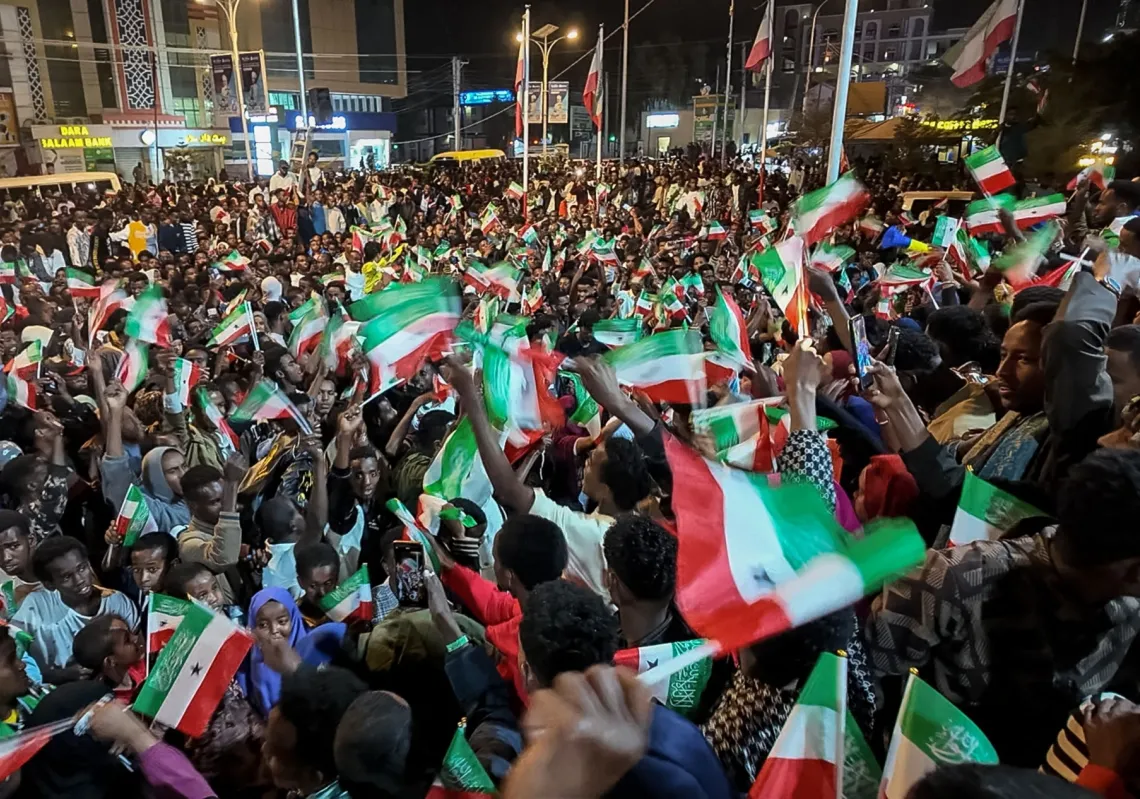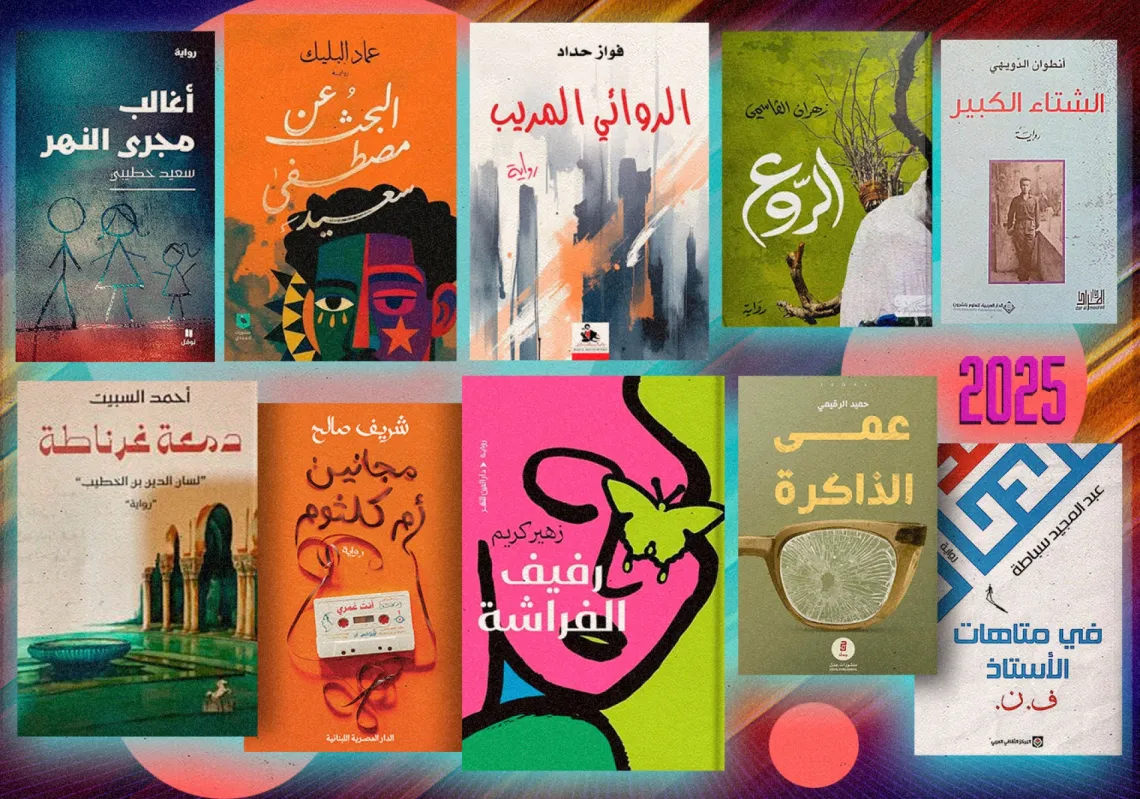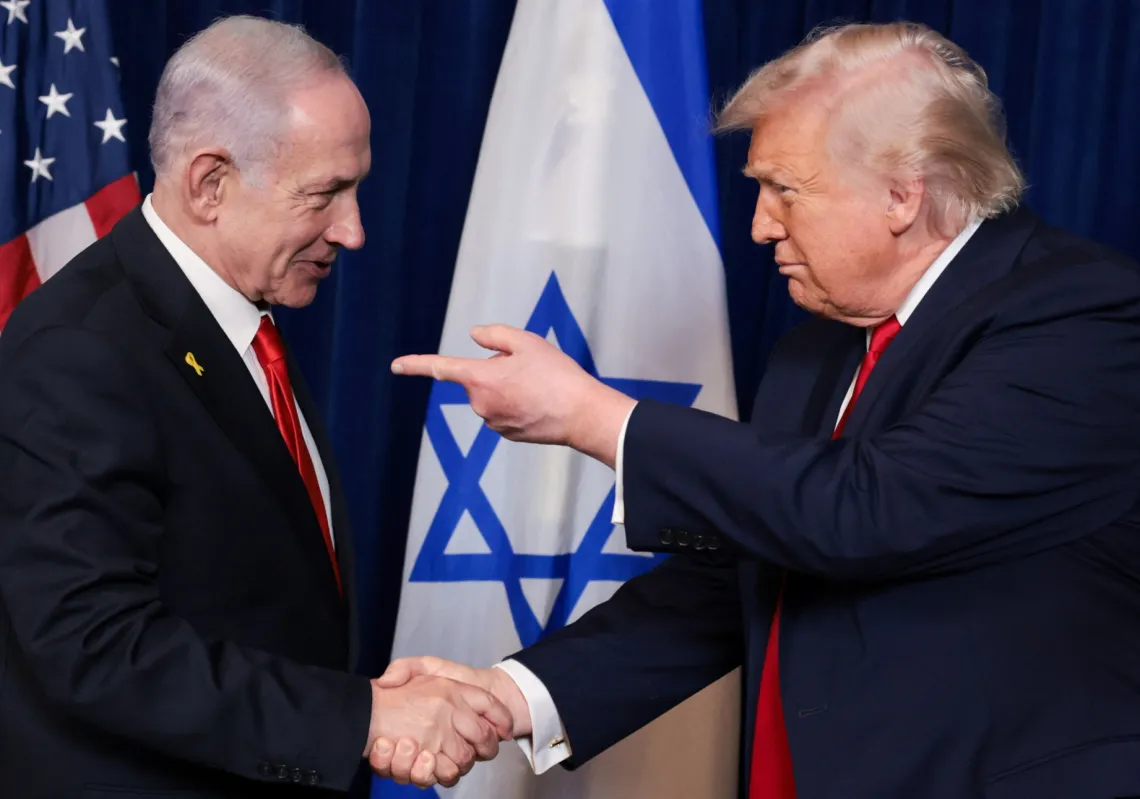With each step of rapprochement between China and Middle East and North Africa (Mena) countries, G7 members feel the prospects of losing economic and political footing in a strategic region located in the centre of the world and home to the largest energy and mineral reserves needed for the world’s future industries.
Is the establishment of a new alliance between China’s Silk Road Initiative and the strategic development visions of a number of Arab countries, including Saudi Arabia’s Vision 2030, just a coincidence?
Is it also a coincidence that the Sino-Arab friendship is translating into tangible economic cooperation at a time when relations with traditional partners are on the wane, which negatively affects the chances of Western companies to maintain their primacy in taking up economic projects in the region?
From Washington to Paris, London and Berlin, there is a growing understanding that the Middle East is drifting further way from their sphere of influence and that the Russian war in Ukraine is accelerating the creation of a new world order — at their expense.
Is Napoleon Bonaparte’s famous saying – “Let China sleep, for when she wakes, she will shake the (white man's) world” – proving to be true?
Building upon common interests
At the 10th Arab-China Business Conference held in Riyadh this week, China and Arab countries agreed to “serve the common interests of the two parties within the framework of the visions and strategies of the Arab countries and China’s Belt and Road Initiative, so as to achieve the required economic revival and address the difficulties of development challenges.”
This excerpt from the meeting's communiqué reflects the mutual interest of both parties in economic integration and investment under the umbrella of soft diplomacy.
There will be a special focus on developing critical sectors, such as renewable energy, the digital economy, advanced industries, artificial intelligence, and innovation.

These are the same sectors for which the European Union (EU) has allocated €300bn under the Global Gateway to compete with the Chinese Belt and Road Initiative in countries of the Global South, including Mena countries. The United States also allocated $55bn at the end of last year’s US-Africa Leaders Summit in Washington to accelerate development and trade.
Read more: US-China competition in Africa heats up with Beijing in the lead
Saudi Arabia and several other Arab countries have taken a keen interest in China’s Silk Road Project — an initiative that includes massive investments to develop infrastructure, communications, technology, and industry in more than 70 countries at a total cost of $1tn.
This doesn’t mean Mena countries will abandon competing programmes — whether European or American — altogher, but merging Arab visions with the Chinese Belt and Road Initiative will add new impetus to economic and investment cooperation between China and the Arab region, especially in Gulf countries that have large investment capabilities.
Saudi Arabia intends to capitalise on its strategic geographic position, financial capabilities, and oil and regional leadership to foster stronger economic relations between China and Arab countries.
It believes that participation in this new, modern Silk Road will help breathe life into the region, create diverse and promising opportunities for Arab youth, and increase the volume of a bilateral trade that has already exceeded $0.5tn.

















